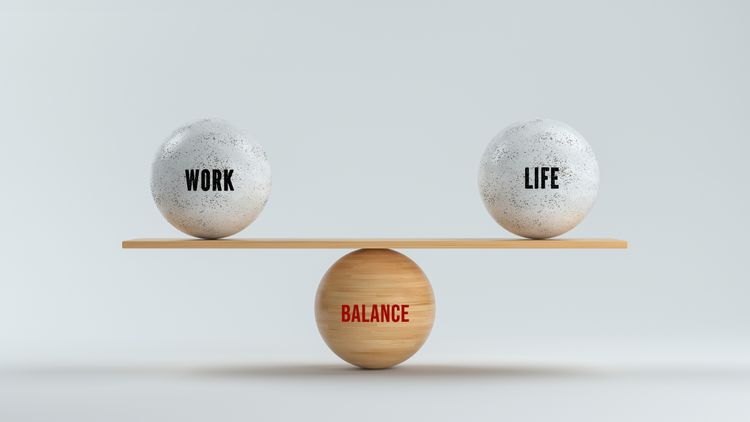Audio Blog: A Journey Through English Tenses

You're listening to: Guy, an AI voice by Proficient.
Si no visualizas el reproductor, haz click aquí.
The Dance of Time: A Journey Through English Tenses
English, with its dynamic structure, allows us to navigate the vast ocean of time through its intricate system of tenses. Understanding English tenses is like mastering a dance—each movement, each step, carries a specific meaning. In this article, we'll embark on a journey through the various English tenses, unraveling their characteristics and nuances.
Present Tense:
Let's start our journey in the present, where actions unfold in the current moment. The present simple expresses routine or general truths, while the present continuous captures actions happening right now. For example, "I study English at Proficient" (present simple) and "I am writing an article" (present continuous).
Past Tense:
Stepping into the past, English offers a rich tapestry of tenses. The past simple narrates completed actions in the past, like "I visited London last year." Past continuous, on the other hand, paints a picture of actions in progress at a specific moment: "While you were sleeping, I was working on my project."
Future Tense:
Peering into the future, we find the anticipation of events yet to unfold. The future simple expresses predictions or things decided at the moment of speaking, such as "I will visit my mom next weekend." The future continuous conveys actions in progress at a specific future moment: "This time next week, I will be attending a conference."

Perfect Tenses:
The perfect tenses add a layer of complexity to our linguistic dance. The present perfect connects the past with the present, indicating actions that started in the past but continue into the present: "I have lived in Santiago for five years." The past perfect, a dance of two past moments, helps us sequence events: "By the time I arrived, the party had already started."
Progressive and Perfect Progressive:
The progressive tenses add a dynamic flair to our linguistic ballet. Present progressive describes ongoing actions in the present, like "I am studying for my exams." Past progressive unfolds actions in progress in the past: "They were playing chess when I entered." The perfect progressive tenses, both past and present, highlight the duration of actions: "She has been reading for hours" or "They had been waiting for ages."
Subjunctive Mood:
Our linguistic dance wouldn't be complete without the subtle moves of the subjunctive mood. Although less common, it adds a touch of uncertainty or hypothetical scenarios: "If I were you, I would reconsider."
English Tenses at Proficient:
For Proficient, the mastery of English tenses is a key component of effective language learning. Creating immersive experiences, such as storytelling or role-playing exercises, can make learning tenses both engaging and practical. Additionally, incorporating real-world examples and TED talks discussing the importance of accurate tenses can further enhance our students' learning experience.
Conclusion:
English tenses, like the steps of a dance, allow us to navigate the river of time with precision and clarity. From the simplicity of the present to the intricate web of perfect tenses, each element contributes to the richness of our communication. For Proficient and its students, the journey through English tenses is not just a grammatical exercise but a dynamic exploration of expression and understanding.
As we conclude our review of English tenses, let's celebrate the versatility of the English language and the endless possibilities it offers. Happy dancing through the tenses at Proficient!







Member discussion